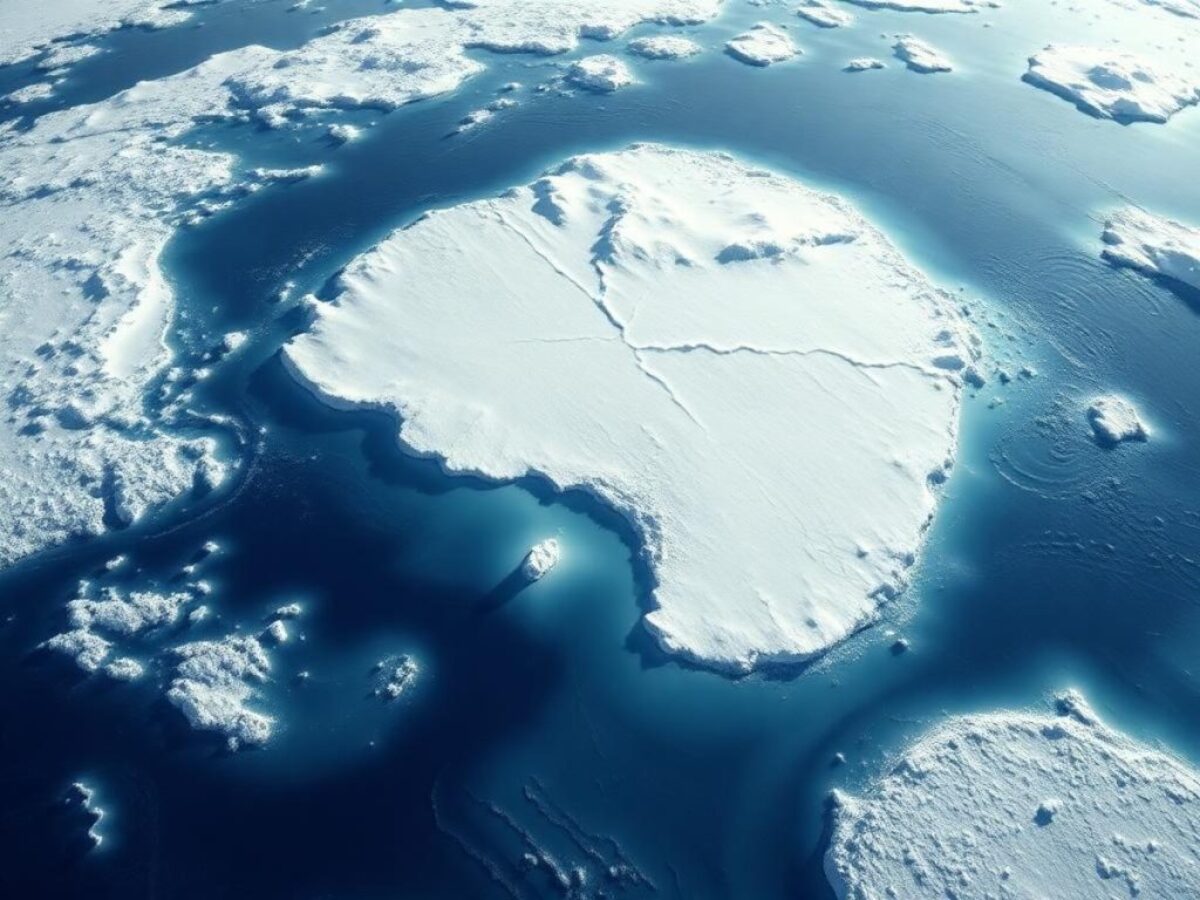Cartographers didn’t just redraw a line—they validated a reality: the waters circling Antarctica function as a distinct ocean with outsized impact on climate. Here’s why the newly mapped Southern Ocean matters—and why its recognition could sharpen global conservation and policy.
Antarctica’s Icy Waters Finally Get Their Own Name
You might think that by now, we’d have every inch of the planet neatly labeled and accounted for. But in the world of geography, surprises still happen. The big news? Earth now has a fifth ocean officially marked on many global maps: the Southern Ocean. In June 2021, National Geographic formally recognized and began labeling it as the world’s fifth ocean.¹
While scientists have long referred to this vast stretch of water encircling Antarctica, broader public mapping is catching up. In U.S. usage, the Southern Ocean is recognized by the U.S. Board on Geographic Names as the waters from Antarctica’s coast to 60° South, although final ratification by the International Hydrographic Organization (IHO) has not occurred.² It now joins the Atlantic, Pacific, Indian, and Arctic Oceans in our planet’s aquatic line-up—with compelling reasons for its unique status.
What Makes The Southern Ocean So Special?
Unlike other oceans, which are defined by the continents they surround, the Southern Ocean is shaped by currents, not coastlines. It extends from the icy edge of Antarctica up to the 60th parallel south, hugging the pole with a chill that’s unlike anything else. It’s not just the temperature that sets it apart—it’s framed by the mighty Antarctic Circumpolar Current (ACC), a flow that shuttles heat, nutrients, and carbon around the globe. Estimates put its transport on the order of ~130–170 million cubic meters per second (130–170 Sv), depending on method and location.³
Did you know?
It’s the only ocean primarily defined by a current (the ACC) rather than the continents themselves.
A Name That’s Been Waiting In The Wings
The term “Southern Ocean” isn’t exactly new. It first appeared in IHO publications in 1937, but was dropped in 1953 amid disagreement over its northern limits.⁴ Still, the idea never disappeared. Since 1999, U.S. authorities have used the term, and in 2021, National Geographic cemented it on widely used maps—giving this region a clearer identity for scientists, educators, and the public alike.
More Than Just Cold Water
Beyond its impressive currents and bone-chilling temperatures, the Southern Ocean is home to fragile ecosystems: penguins darting through waves, seals basking on ice, and whales carving arcs through frigid depths. These creatures depend on the ocean’s delicate balance, which is under pressure from climate change and overfishing. Recognizing the Southern Ocean on maps helps focus conservation: clearer boundaries make it easier to set and enforce protections where they’re most needed.
Why This Matters Now
Officially mapping the Southern Ocean is more than a cartographic update—it’s a call to action. Studies indicate the Southern Ocean accounts for about 40% of the cumulative global ocean uptake of anthropogenic CO₂, underscoring its role as a critical carbon sink.⁵ It also plays a dominant role in ocean heat uptake: the IPCC reports it accounted for 35–43% of upper-ocean heat gain (1970–2017), rising to 45–62% in 2005–2017.⁶
Recognizing the Southern Ocean means acknowledging the science behind its importance—and taking steps to ensure it doesn’t slip into crisis unnoticed.
Footnotes
National Geographic — “There’s a new ocean now—can you name all 5?” — URL: https://www.nationalgeographic.com/environment/article/theres-a-new-ocean-now-can-you-name-all-five-southern-ocean
NOAA — National Ocean Service — “How many oceans are there?” — URL: https://oceanservice.noaa.gov/facts/howmanyoceans.html
Encyclopaedia Britannica — “Antarctic Circumpolar Current” — URL: https://www.britannica.com/place/Antarctic-Circumpolar-Current
International Hydrographic Organization — “Limits of Oceans and Seas (3rd Edition, 1953)” — URL: https://epic.awi.de/29772/1/IHO1953a.pdf
Science — “Strong Southern Ocean carbon uptake evident in airborne observations” — URL: https://www.science.org/doi/10.1126/science.abi4355
IPCC — Special Report on the Ocean and Cryosphere in a Changing Climate (SPM) — “Summary for Policymakers” — URL: https://www.ipcc.ch/srocc/chapter/summary-for-policymakers/
Similar Posts

Brian is a journalist who focuses on breaking news and major developments, delivering timely and accurate reports with in-depth analysis.
BrianFoster@glassalmanac.com
Find and win
A treasure is hidden in this article! Share it to start the game and try to uncover the secret word.
The first 10 people to submit it via the form that appears after you share will win a surprise prize!
Good luck

